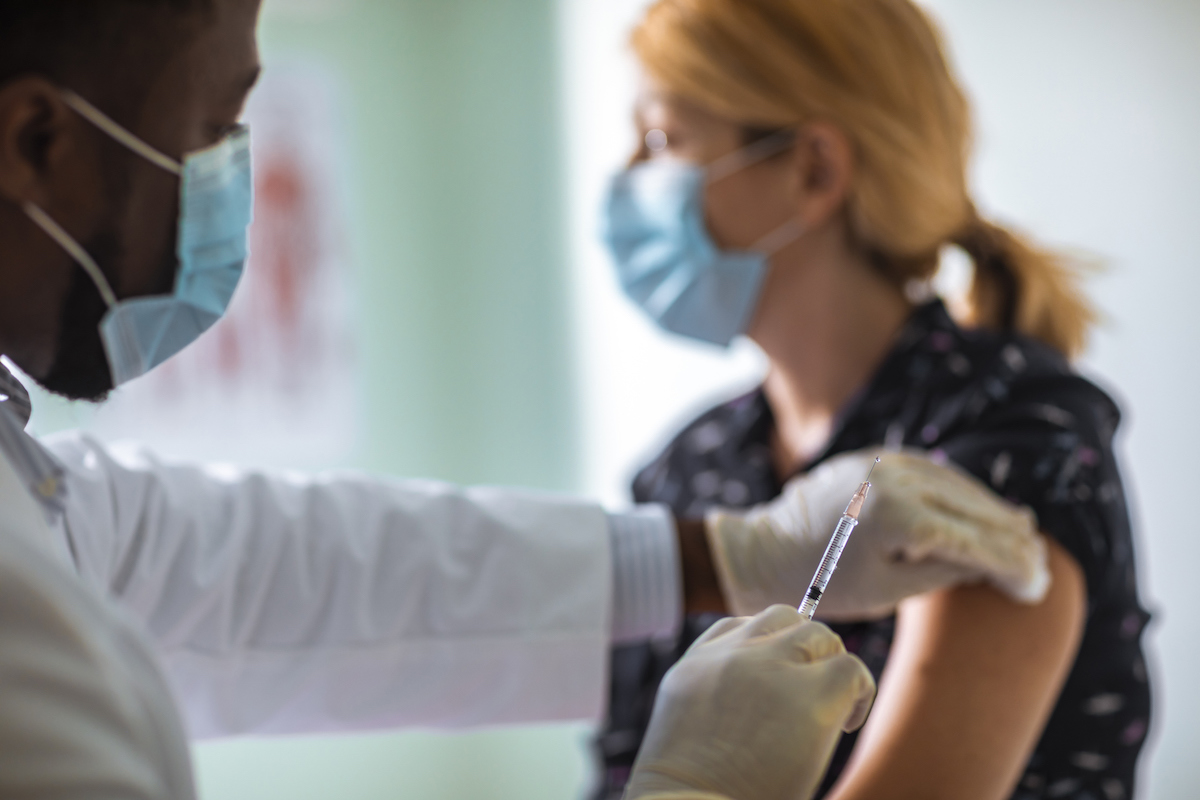<< Back
Next Up for COVID-19 Vaccine: State Committee Recommends Teachers, Police, Over-75 and Prisons

January 05, 2021
A subcommittee of Gov. Ned Lamont’s COVID-19 Vaccine Advisory Group recommended Jan. 5 that teachers, police officers and those age 75 or older should be among the next group of Connecticut residents to receive vaccinations.
The second phase, 1B, would also include grocery store workers, food service workers and residents and staff of prisons and homeless shelters.
The subcommittee did not determine, however, if people under 75 with preexisting conditions should part of that group in the state’s Phase 1B vaccine distribution.
“The Hartford HealthCare Community Network is extremely pleased to be a part of Phase One of the state’s plans to roll out the COVID vaccine,” said Community Network Vice President of Operations Eric Smullen. “The health and safety of our frontline staff and of the people in the communities we serve, especially those cared for by our Senior Services division who are elderly and at elevated risk, is of the utmost importance to us.”
The initial phase, or Phase 1A, began in mid-December with healthcare workers and people who live in long-term care facilities. It’s expected to extend through January. The subcommittee generally followed Centers for Disease Control and Prevention recommendations at its most recent meeting, though it added people in prisons and other congregate settings.
The subcommittee is expected to meet again soon to continue its discussion about people under 75 with diabetes, heart disease and other underlying conditions. According to the state Department of Public Health, 80 percent of 5,000 confirmed COVID-related deaths have been people 70 or older.
Dr. Deidre Gifford, the state’s acting public health commissioner and co-chair of the Vaccine Advisory Group, told the subcommittee that older residents should remain a priority in Phase 1B. She said adding other groups could cause a delay in some people receiving a vaccination.
“Everything we do to lengthen 1B means that those at highest risk of death are subject to a longer 1B period,” she said. “They’ll be getting in line with lots of individuals who are at lower risk of death from COVID.”
Ken Harrison contributed to this report.